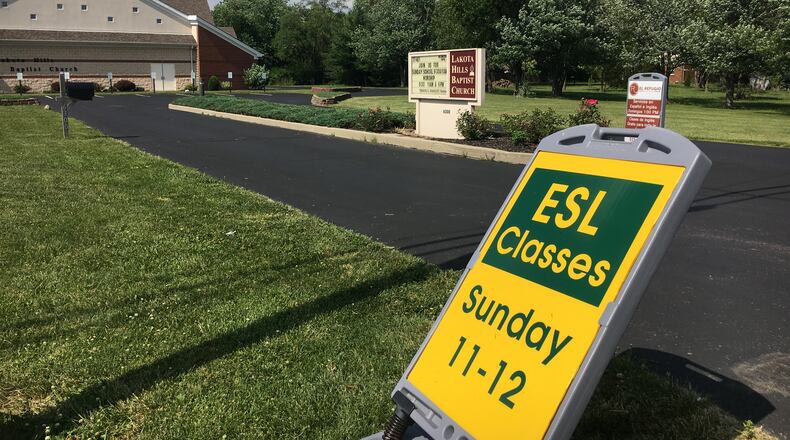China sends out a state report card measuring the performance of your child’s school. It will immediately include your children in calculations for graduation rate, but not their performance for the first two years. This is plenty of time to master reading a new language, right? Let’s not forget that your children will need to know all of this to study math, science, and the arts.
This scenario may seem far fetched, but welcome to Ohio. Ohio students who are new English Language Learners are subject to this exact treatment. It not only affects the children individually, but it can also have a negative impact on the school district’s state report card.
Last year, children identified as English Language Learners, regardless of time in U.S. schools, were required to take Ohio’s state tests. This included the English language arts exams. There were no exceptions. Standardized test scores for English Language Learners do not count against them the first two years they are in U.S. schools, but they are included for graduation requirements. This places pressure on these students depending upon their age and academic ability.
Students in elementary school have more time to learn the English language. Older ones aren’t as fortunate. High-stakes testing and misguided graduation requirements place older English Language Learners at a disadvantage.
Hamilton Schools understand this dilemma well. We serve over 660 English Language Learners, representing 15 different languages. We are a melting pot of diversity. Culturally, racially and economically, our students blend together. Today we serve students whose native languages are Arabic, Portuguese, Chinese, Tagalog, French, Pohnpeian, Spanish, Tigrinya, Telugu, Nepali, Hindi and Vietnamese.
However, Hamilton Schools and many urban districts are punished by the Ohio Department of Education on the District Report Card. The report includes how subgroups for each district perform. Urban districts, as opposed to suburban or rural ones, have a demographic population in each reported subgroup.
The subgroups are as follows: All Students, American Indian/Alaskan Native, Asian/Pacific Islander, Black, Non-Hispanic; Hispanic, Multiracial, White, Non-Hispanic; Economically Disadvantaged, and finally, Students with Disabilities.
Hamilton has hundreds of students belonging to multiple subgroups. Some are newer to our country, academically deficient, poor, and need special education services. If these students test poorly, the state report card data will paint a misleading picture, because the negative scores are counted repeatedly in each category against the district.
Until these students are proficient in English, they should not be held to the same requirements. Their scores should not impact state report cards. We cannot have a one-size-fits-all approach, where local control is replaced with governmental intrusion.
Hamilton flourishes because of diversity. The accomplishments of our students and teachers tell a far more compelling story of the high-quality education we provide. Regardless of the flawed state report card, we will continue teaching all of our children: the rich and poor, black and white, English Language Learners, and students with special needs.
Tony Orr is the superintendent of Hamilton Schools. Email him at torr@hcsdoh.org. This guest column appeared in the May 2 edition of the Journal-News.
About the Author
